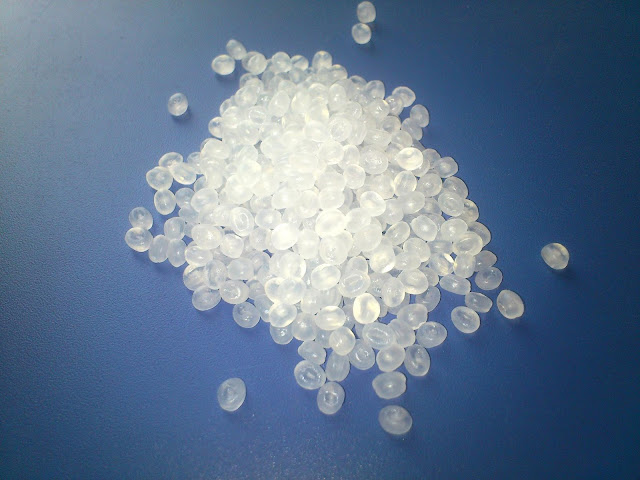Exploring The Wonders Of Ethylene Vinyl Acetate (EVA)
 |
| Ethylene Vinyl Acetate |
Ethylene Vinyl Acetate (EVA) has witnessed significant growth in recent years, driven by a wide range of applications across various industries. EVA is a copolymer of ethylene and vinyl acetate, known for its excellent flexibility, toughness, and low-temperature sealing properties. In this blog post, we will delve into the key players, competitive landscape, and dynamics of the Ethylene Vinyl Acetate.
According to Coherent Market Insights the global Ethylene Vinyl Acetate Market size was valued at USD 1,349.71 million in 2021 and is anticipated to witness a
compound annual growth rate (CAGR) of
4.89% from 2022 to 2030.
The EVA is highly competitive, with several key players
dominating the industry. Some of the prominent companies operating in this include
ExxonMobil Corporation, Celanese Corporation, and Arkema S.A. These companies
have established themselves as industry leaders through their extensive product
portfolios, robust distribution networks, and strategic partnerships.
The competitive landscape of the EVA is characterized by
intense rivalry among players vying for share. Companies are focusing on
product innovation, expanding their production capacities, and engaging in
mergers and acquisitions to gain a competitive edge. Additionally, players are
actively investing in research and development activities to enhance the
performance properties of EVA and cater to evolving customer demands.
Several factors are driving the growth of the Ethylene Vinyl
Acetate. One of the primary drivers is the increasing demand for EVA in the
packaging industry. EVA films and sheets are extensively used for food
packaging, solar cell encapsulation, and laminated glass interlayers. The
growing awareness about sustainable and eco-friendly packaging solutions is
further fuelling the demand for EVA-based products.
The footwear industry is a major consumer of EVA. The
superior cushioning and shock absorption properties of EVA make it an ideal
material for shoe soles. With the rising popularity of sports and outdoor
activities, the demand for comfortable and durable footwear is on the rise,
thereby propelling the growth of the EVA.
The automotive sector also presents significant opportunities
for EVA. The use of EVA in automotive interiors, such as door panels, instrument
panels, and floor mats, provides enhanced aesthetics, improved noise reduction,
and vibration damping. As the automotive industry continues to evolve, the
demand for lightweight materials like EVA is expected to surge. The Ethylene Vinyl Acetate is witnessing robust
growth due to its versatile applications across various industries. The is
highly competitive, with key players actively investing in research and
development and expanding their product portfolios.



Comments
Post a Comment